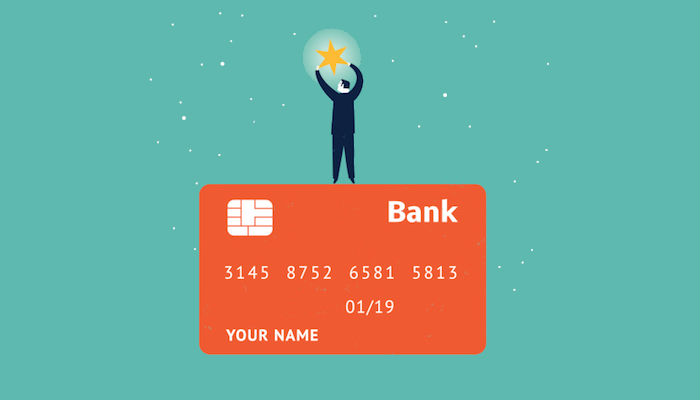What in the world is going on with EMV? There are daily articles popping up in the vast ocean of the world wide web about this new credit card standard required for the US. However, they only seem to further complicate the topic.
What is EMV? When does EMV go into effect? What does EMV even stand for? How does it affect us as business owners, and what do we do about it? As we might say here at Fivestars, “what is EMV’s spirit animal?”
As a business owner, it can be difficult and time consuming to sift through the mountains of information on EMV and understand the implications on your business. In an effort to help you understand and prepare for the EMV liability shift, here are five things you should know, and what to do about it:
5 keys to understanding EMV
1. EMV (Europay, Mastercard, Visa) is a credit card standard/technology that improves the security of card in hand transactions. This means all future credit cards will now be equipped with small computer chips which are difficult to counterfeit. If you currently have a credit card with a chip, you already have EMV at play in your hands.
EMV is designed to protect against fraudulent activities such as counterfeit & skimming and use of lost or stolen cards. When the U.K. switched to EMV cards, fraud at stores was cut by 70 percent.
2. Fraud is a big problem (especially in the US) and it’s not going away – The US accounted for 51% of global fraud in 2013 (source: Nilson Report 2013), while only comprising 24% of card volume according to Business Intelligence. And according to First Data, card fraud is expected to top $10B this year.
3. October 1, 2015 – every business owner that accepts credit cards as a form of payment must know this date. On Oct 1, 2015, the EMV Liability Shift will happen. This means that if you haven’t upgraded your business’s payment device to accept EMV, you will unfortunately will bear the cost of potential fraud.
4. Smaller businesses are at greater risk. A study by Javelin Research estimates 75% of merchants will not make the Oct 1, 2015 deadline. This study also estimates that most of the 75% will be smaller businesses, as larger chains such as WalMart, Krogers, Target, and RiteAid have already adopted EMV. Another study by Ebiquity revealed that only 37% of small businesses had even heard of EMV.
5. Although late to the game, about 120M Americans have an EMV enabled card and this number is expected to reach 600M by the end of 2015 according to EMV Migration Forum.
6. Business can pick up an EMV compliant terminal for less than $150. For more complex POS and terminal set ups, costs can range $500 – $1,000. However, an investment of as low as $150 far outweighs having to bear the burden of liability for a fraudulent transaction.
In aggregate, the US is looking at $8B to fully comply with EMV, while the fraudulent activity will be approximately $10B (Javelin Strategy and Research). In this case, it is more expensive not to upgrade to EMV.
What to do about EMV as a small business owner
So, what’s a business owner to do about EMV? It’s easy to be led down a multitude of overly complicated decision trees getting bogged down in heaps of detail. As a small business owner, here are three straightforward ways to prepare for EMV:
1. Talk with your bank. Almost all banks with merchant services accounts will also have a relationship with payment processing device providers. As the holder of a merchant’s business account, they want to be helpful as possible. They often resell or can get the business owner in touch with the EMV compliant payment processing device providers. Whether it’s First Data, Verifone, Ingenico or a bevy of other device providers, your bank can provide valuable guidance with EMV compliant devices.
2. Talk with your POS provider. Most business owners have moved on from the cash register with typewriter keys and a metal crank. These registers have been replaced with traditional Point of Sale (POS) systems. And recently, more POS companies have been introducing innovative tablet-based POS systems with payment processing capabilities built into the POS stand, or as a small dongle.
Companies like Clover, LightSpeed, ShopKeep, and even NCR offer a tablet-based POS system. Tablet-based or traditional, several POS providers will, or are updating their systems right now.
3. There’s always the world wide web. Simply Googling EMV will provide a bevy of providers seeking to move EMV payment processors. In this path, however, the business owner must 1) verify the device is compliant with both level 1 & 2 EMV standards and 2) understand how to set up the processor to make sure it works with its POS system.
There’s a lot of information available and after reading this blog post, if you still need help, there’s plenty available. As stated above, you can always talk with your bank or your POS provider, if you’re still having issues with EMV, reach out to us here. We welcome the opportunity to business owners.






Leave a Comment